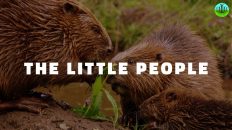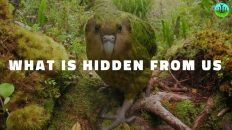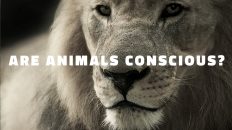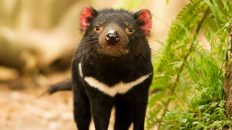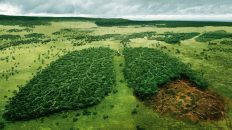My name is Sailesh Rao and I am one of the original engineers of the Internet.
In 2014, researchers at the World Wildlife Fund released a report saying that between 1970 and 2010, in just 40 years, the population of wild vertebrates decreased by 52%.Then two years later, they released a second report saying that between 1970 and 2012, the population of wild vertebrates decreased by 58%. From these two data points, you can perform a simple math calculation to tell you that at the current rate of decline, 100% of wild vertebrates will be gone by 2026.
This is year zero. The year when all wild animals are gone.
It turns out that animal agriculture is not only the number one source of carbon emissions, it is also the number one source of land use on the planet. All over the world, humans are destroying original forests to make room for grazing animals or to grow crops for feeding animals. And then humans are using sophisticated geo-locating technology to locate the last remaining schools of fish And finally we are pouring all these toxins into the environment which kills the insects which kills the birds who eat those insects. So we are attacking wild animals in the ocean, on land, and in the air. And this leaves wild animals no room to survive.
We did some calculations. We took all the land that is currently being used for animal agriculture and restored the native forests that were there on that land in 1800, and in turns out not only that you could sequester more carbon than we have added to the atmosphere since 1750 but you also restore the natural habitat for wild animals to live. It’s their world, too.
So this is entirely possible. We can bring back the forests and we can heal the climate, and in the process ensure that Year Zero never becomes a reality.











